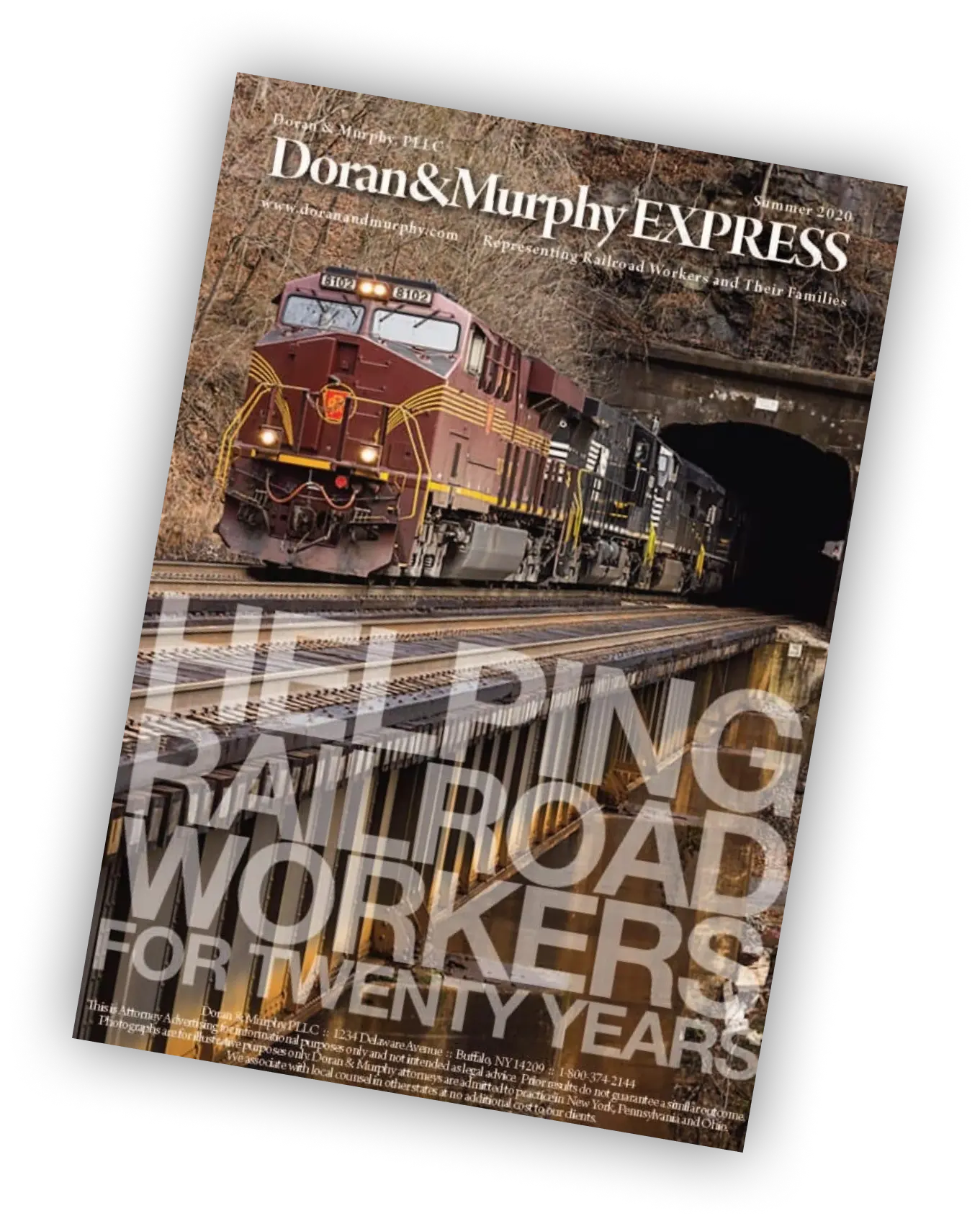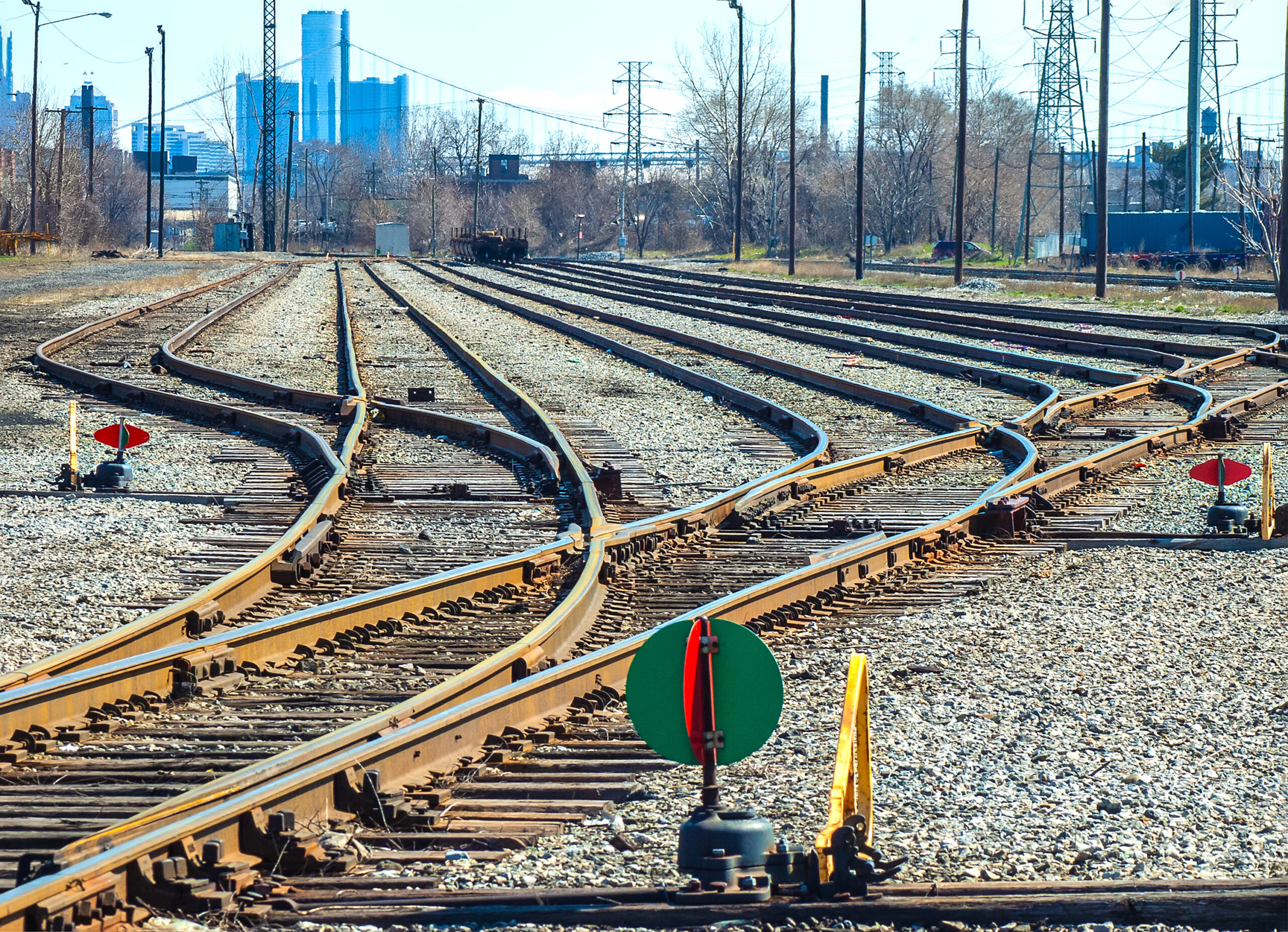
Railroading has been a very dangerous industry, historically. In the late 1800s, various states implemented various laws and regulations creating a patchwork of inconsistent rules throughout the United States. To rectify this and bring about uniformity, Congress passed several safety rules including the Safety Appliance Act. The purpose was to “promote safety in every area of railroad operations and reduce railroad-related accidents and incidents”.
The Safety Appliance Act requires that railroads only use:
(1) a vehicle only if it is equipped with—
(A) couplers coupling automatically by impact, and capable of being uncoupled, without the necessity of individuals going between the ends of the vehicles;
(B) secure sill steps and efficient hand brakes; and
(C) secure ladders and running boards when required by the Secretary of Transportation, and, if ladders are required, secure handholds or grab irons on its roof at the top of each ladder;
(2) except as otherwise ordered by the Secretary, a vehicle only if it is equipped with secure grab irons or handholds on its ends and sides for greater security to individuals in coupling and uncoupling vehicles;
(3) a vehicle only if it complies with the standard height of drawbars required by regulations prescribed by the Secretary;
(4) a locomotive only if it is equipped with a power-driving wheel brake and appliances for operating the train-brake system; and
(5) a train only if—
(A) enough of the vehicles in the train are equipped with power or train brakes so that the engineer on the locomotive hauling the train can control the train’s speed without the necessity of brake operators using the common hand brakes for that purpose; and
(B) at least 50 percent of the vehicles in the train are equipped with power or train brakes and the engineer is using the power or train brakes on those vehicles and on all other vehicles equipped with them that are associated with those vehicles in the train.
These regulations were later incorporated into the Federal Employers Liability Act (FELA), the law that allows railroad workers to recover damages from negligent railroad employers for on-duty injuries. As part of the FELA, if a railroad is found to have violated a safety provision, such as the Safety Appliance Act, then the railroad is responsible for 100% of the damages that result from the injury even if the worker was also negligent.
The FELA and the companion statutes can be very complicated. Please contact us today to discuss what provisions of the law apply to your railroad injury.





